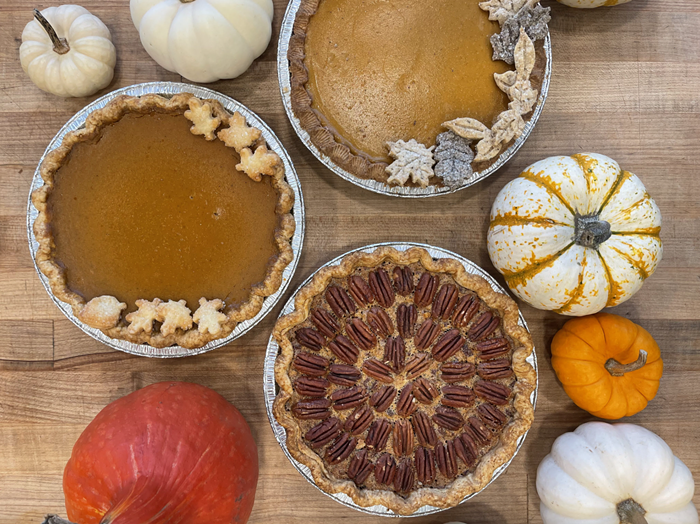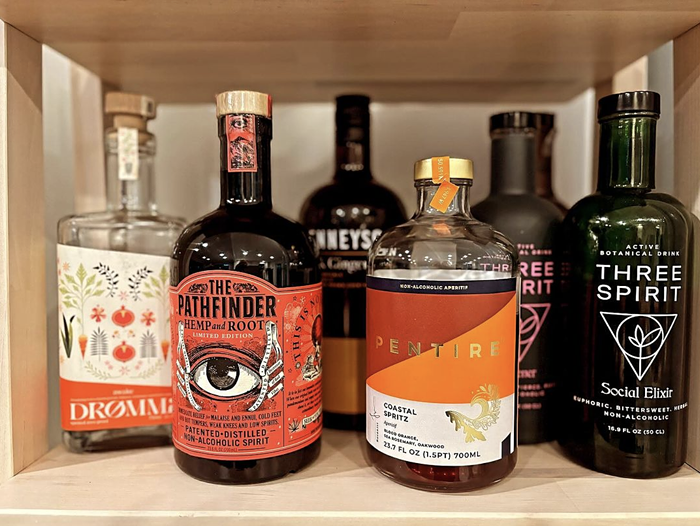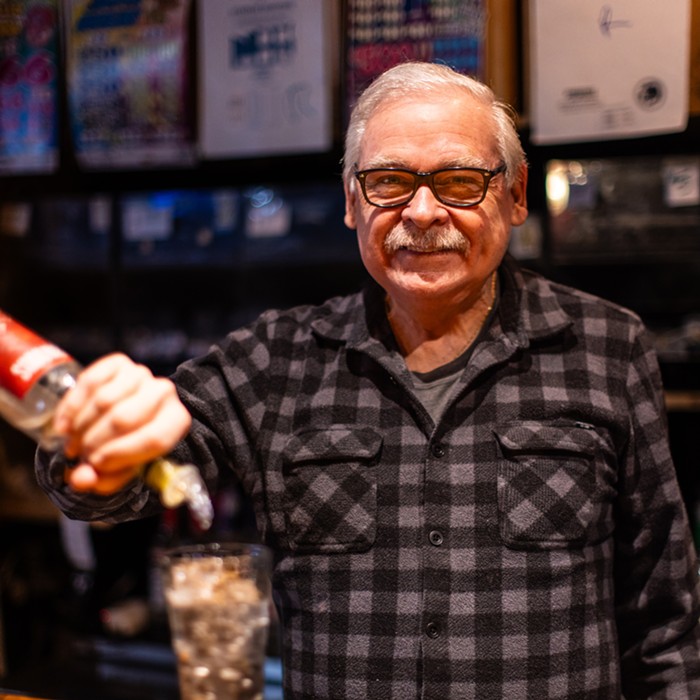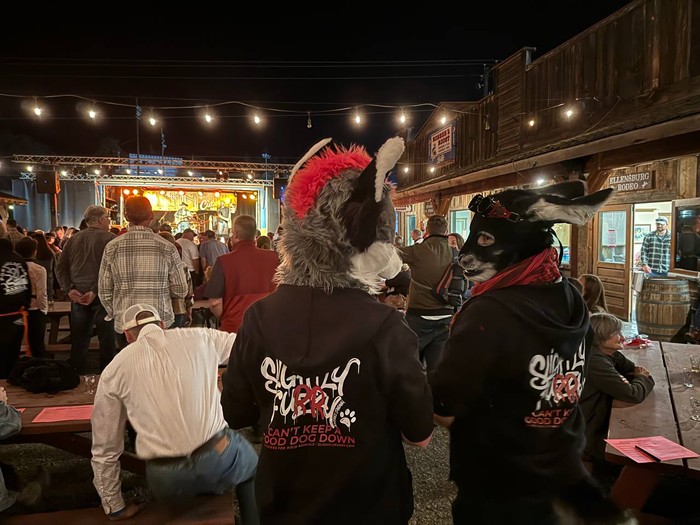With their jukebox-and-bobby-socks '50s optimism and modern-day dilapidated husks lining the remains of Route 66, diners tell the story of 20th-century North America, spelled out in fried food. For at least 50 years, diners were the only kind of restaurant that working-class people could afford, and transcendent diners made cheap, everyday blue-collar food into something special, something worth spending all your meager monthly discretionary income on. That the institution of the diner died when fast food came on the scene says more about America's love for cheap, trashy things than it says about the poor, martyred diner.
Steelhead Diner is treading in some dangerous territory: It's an upscale restaurant that claims to be devoted to the garbage food of the good old-fashioned diner. You can't just slap the word "diner" on the front of your restaurant, furnish it with some stainless steel fixtures, and automatically earn the name like that—rural America is clotted with horrific 1950s-style nostalgia diners that miss this point entirely. For Steelhead to even try to invoke this narrative is a ballsy move, and inspires some healthy skepticism from the start.
Steelhead's pedigree (owned by former employees of the Oceanaire and the Tom Douglas empire) doesn't reflect the genealogy of the dying roadside greasy spoon, and the location is the opposite of low class: in the Pike Place Market, overlooking Post Alley, with a terrific view of the Olympics if you can wheedle a table in the corner.
Nevertheless, parts of Steelhead carry the diner look off, especially the stainless-steel stools at a bar up against the kitchen and the fishing lures that decorate the booths, labeled with bizarre names: Purple Peril, Polar Shrimp, and the wondrous Green Butt Skunk. The ceiling, though, is too high for a diner, and the muted blues and greens don't scream home cookin'.
But the menu immediately hits some very important notes that will make any fan of fried food toe-curlingly happy. I am thinking, particularly, of poutine. Poutine ($6.95) is a Quebecois treat, and my French-Canadian roots jangled pleasurably on seeing the description in the menu: "french fries & gravy with melted cheese curds." I was afraid that they'd be fancied into illegibility, but I needn't have worried: The gravy was meaty enough and just the right consistency to play off the gooey, sour cheese curds. I'm not sure exactly how Steelhead makes its french fries, but I'm so glad it does: Shaped like a fast-food fry, crispy on the outside, mashed potato-y on the inside, they're totally manufactured but entirely delicious.
Steelhead's sandwiches are all served with a mound of those yummy fries. The "Rich Boy," ($9.95) an unabashedly hot sausage sandwich, is a wonder of fresh sausage split and fried just right on a greasy grill. Even better is the buttermilk fried-chicken sandwich ($12.95), served with coleslaw dumped on top. The chicken is so juicy, and just spicy enough, that I can't understand why Steelhead doesn't serve a fried-chicken dinner; it would be one of the best in town.
The nonsandwich dinners, though, are a little stuffy. The grilled pork tenderloin ($24.95/$17.95 half portion) is beyond juicy—I've never seen pork flake at the touch of a fork—and the salmon ($28.95/19.95 half portion) dissolves like a cloud, but both these plates are served, in fact, in a bowl. Pork medallions circle a mound of rhubarb and choucroute, and salmon is soaked in sunchoke puree and rosemary butter and every flavor gets everywhere else, but meat this good should be given a chance to be enjoyed on its own. Diners have a long tradition of meat-and-two-sides dinners, and for the most part, except for that great uniter brown gravy, everything is kept fastidiously separate. I wish Steelhead followed that example.
Steelhead's dinery desserts are mind-blowing: Theo's chocolate pecan pie ($8.95) is like French-kissing an angel. The Ligurian lemon cake ($7.95) is light and soaked in a creamy, dreamy lemon sauce. The big stumble, again, is with the fancy: The lavender crème brûlée ($6.95) tastes more like an unexceptional vanilla custard.
On the whole, though, and combined with an incredibly friendly waitstaff—after being cooed over by a couple different waiters, I had to look out the window to remind myself I was eating in a Seattle restaurant—Steelhead Diner is selling a pretty convincing narrative. Any restaurant that can convince you to happily eat a pound of fried food without making you feel like you ate a pound of fried food has clearly earned the right to be called a diner. Judging from the continually packed dining room, Steelhead is quickly ascending to take its place as a giant in this city's silly little restaurant scene, alongside the Palace Kitchen and the Icon Grill. For better or worse, it belongs in that firmament—it's unique and it's good and it's telling a story that a whole lot of people will be happy to get behind.


















